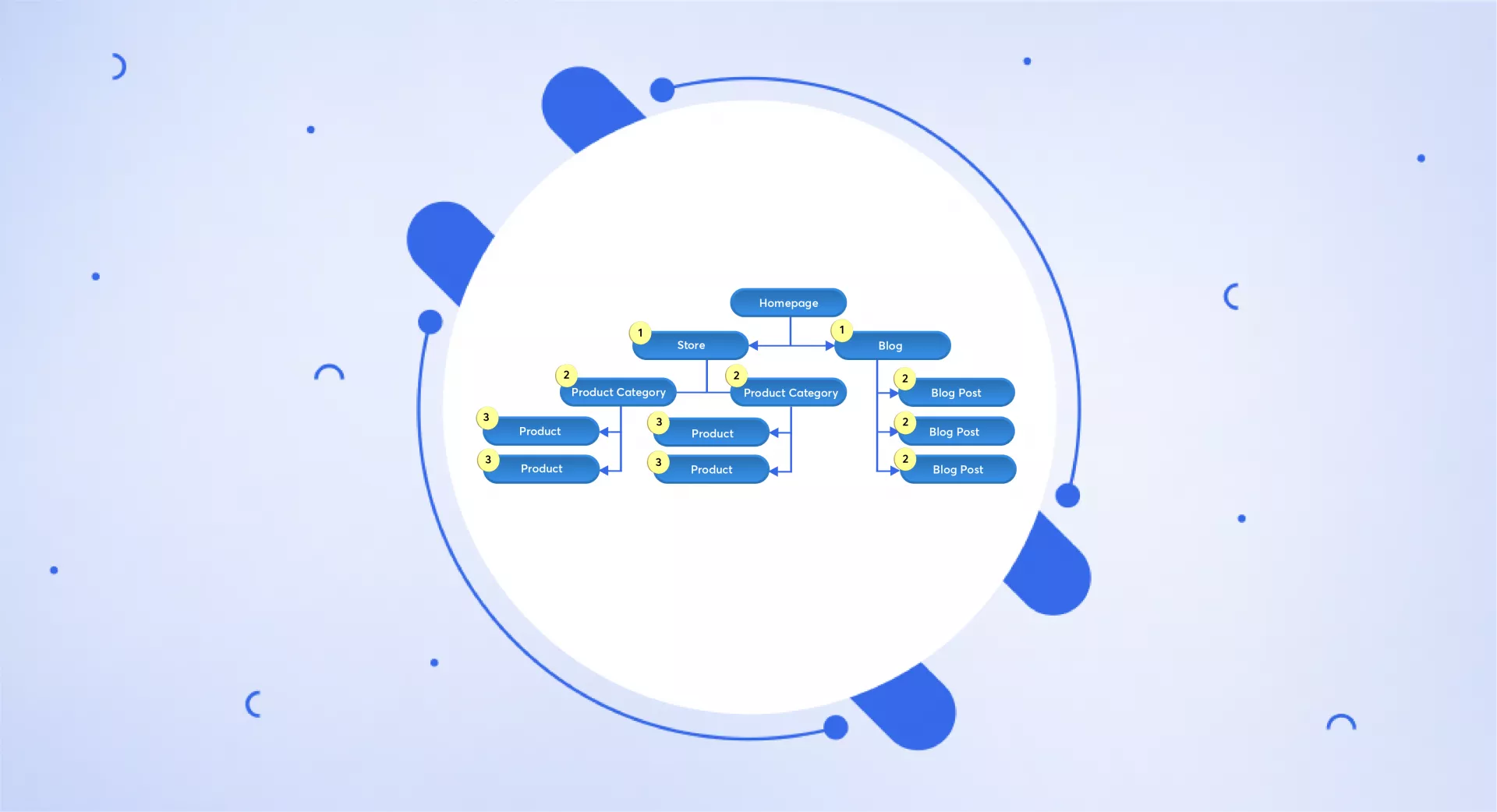What is Click Depth?
Click depth indicates how many clicks a page is away from the homepage.
Pages directly linked to the homepage are classified as depth 1. The homepage itself is always at depth 0.
Pages with higher click depth generally perform worse because search engines struggle to reach them.
Pages at depth levels beyond 4 or 5 are less likely to be crawled by search engines due to their distance, reducing their chances of ranking.
What is the optimal click depth of a page?
Pages located deep within a website are less likely to be crawled by search engines. An ideal click depth for performance is between 1 and 2.
Typically, pages at depths of up to 3 or 4 perform better than those located deeper.
It’s best to ensure your most valuable pages remain within a click depth of 4 or less.
Beyond this threshold, search engine crawlers may find it difficult to discover them.
What is a bad click depth?
Pages with a click depth of 5 or more are rarely crawled by bots. If a page isn’t crawled, it won’t be indexed in search results, meaning it won’t get any organic traffic.
Is click depth a Google ranking factor?
In a 2018 YouTube hangout, Google’s John Mueller discussed click depth and emphasized that Google prioritizes pages that are easy to access.
If the homepage is the strongest page of a site, Google assigns more weight to pages linked directly from it compared to those buried deeper.
This is why most SEO experts recommend placing critical pages within four clicks from the homepage.
Pages linked directly to the homepage have more authority, which decreases the further they are from it.
To increase visibility in Google, ensure your key pages are directly or closely linked to the homepage.
Strategies to improve the Click Depth of your website
Here are some effective ways to reduce click depth on your site:
Avoid a broad navigation hierarchy
Start by evaluating the structure of your site’s navigation menu.
If your site contains only a few primary categories but many subcategories that require multiple clicks to reach, this increases click depth.
Instead, structure your navigation so only a limited number of secondary categories fall under each main category.
This allows users to reach their desired pages with fewer clicks.
Use internal linking between pages
Internal linking connects one page of your site to another. It helps Google discover additional relevant content on your website.
It also allows users to access related pages without relying solely on the main navigation, reducing click depth.
Prioritize linking to your high-authority or low-click-depth pages for maximum benefit.
Don’t overdo internal linking
Large websites may contain thousands of pages, but linking everything to the homepage isn’t effective.
Thoughtful internal linking helps reduce click depth and improve site performance.
However, excessive linking can clutter your site and confuse search engine crawlers.
Takeaway
Click depth matters, especially for large websites with numerous pages or categories.
While Google has not officially confirmed click depth as a ranking factor, it does state that easily accessible pages are prioritized.
Ultimately, user experience is what truly counts. Ensure all your website content is easy to access and well-organized to benefit both users and search engines.


